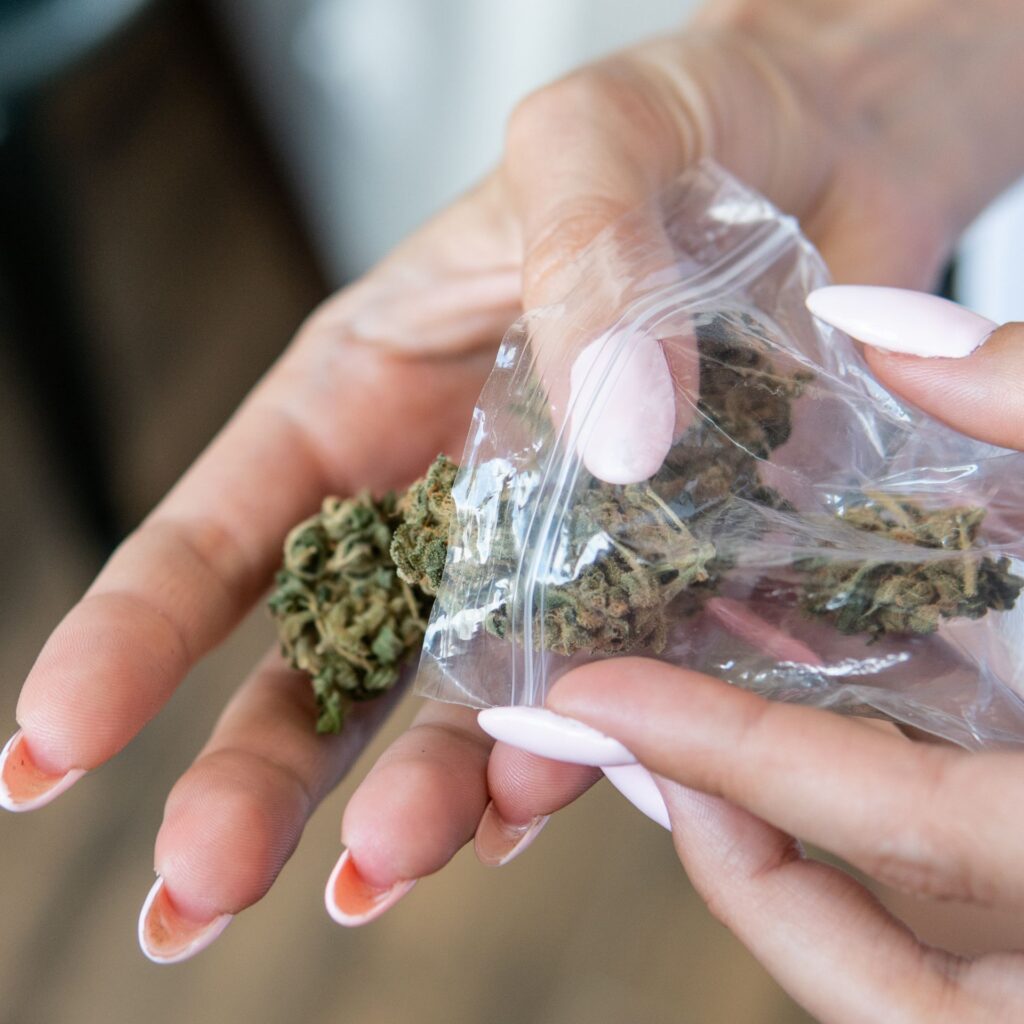Cannabis Use Disorder:
Warning Signs, Health Risks & Healing
and the personalized treatments that support lasting change.

How Cannabis Use Becomes a Disorder
What is Cannabis Use Disorder?
Cannabis Use Disorder (CUD) is a clinical condition marked by ongoing marijuana use that leads to significant problems in daily life. Despite growing social acceptance, these substances can impair mental clarity, emotional regulation, memory, and motivation – especially with frequent or high-potency use.
CUD often involves increased tolerance, cravings, failed attempts to quit, and withdrawal symptoms like irritability, insomnia, and appetite changes. These disruptions can affect school, work, relationships, and overall mental health.
As of 2023, nearly 6.8% of Americans aged 12 and older – about 19.2 million people – met the criteria for CUD. Among regular users, around 1 in 3 develop signs of dependence, with higher risks among daily users. Young adults aged 18–25 are especially affected, with 16.6% experiencing cannabis-related problems.
At our Iowa-based center in Cedar Rapids, we’re seeing a growing number of cannabis-related admissions, often involving more complex and co-occurring cases. This trend highlights the importance of early recognition in identifying problematic marijuana use before it escalates into more severe or chronic conditions.

High-Risk Forms of Cannabis
Types of Cannabis Linked to Higher Dependency Risk
Cannabis use disorder is not solely linked to how often the substance is used – it’s also influenced by the type of product consumed. Some forms are more likely to trigger weed addiction, mental health issues, and physical side effects.
Understanding the distinction between natural and synthetic cannabinoids is key to evaluating risk and seeking proper support.
Natural Cannabinoids
Naturally derived from the cannabis plant, these substances contain compounds like THC and CBD. While often perceived as harmless, high-THC marijuana strains can lead to tolerance, withdrawal, and long-term cognitive effects when used frequently or in large amounts.
Marijuana: Today’s marijuana, or so-called weed, is significantly stronger than in past decades, with THC concentrations rising from about 4% in the 1990s to over 15% on average, and up to 30% in some strains. Regular use, particularly among youth, is associated with emotional dysregulation, memory issues, and marijuana withdrawal symptoms that interfere with daily life.
Synthetic Cannabinoids
These chemically altered compounds are often sprayed onto plant matter and sold as safe alternatives to marijuana. In reality, they are untested, unpredictable, and linked to serious physical and psychological harm.
K2 and Spice: Marketed as “legal highs,” These substances act on the same brain receptors as THC but are up to 100 times more powerful. Users may experience extreme agitation, confusion, rapid heart rate, or seizures. Unlike natural cannabinoids, there is a high risk of overdose, and withdrawal symptoms can be severe.

Cannabis Abuse Risk Factors
Who Is Most Likely to Develop Cannabis Use Disorder – And Why
While cannabis use is common, some individuals face a higher risk of developing CUD. Genetics, mental health, and environment play key roles.
According to NIDA, those who start using before age 18 are 4 to 7 times more likely to develop CUD, highlighting the need for early prevention.
Common risk factors include:
- Early initiation of use, especially before high school
- Using weed to escape emotional pain or trauma
- Co-use with alcohol, nicotine, or prescription drugs
- Lack of stable housing, structure, or adult role models
- Exposure to community or family members who frequently use
- Underlying conditions like PTSD, bipolar disorder, or OCD
- High exposure to marijuana marketing or social media influence
- Poor coping mechanisms for stress, grief, or change
- Easy access to substances through dispensaries or peers
- Belief that it is “harmless” or “natural”
Awareness of these factors can empower families and individuals to take proactive steps in seeking support and building resilience.

Cannabis Addiction Symptoms
Warning Signs of Cannabis Use Disorder
Spotting the signs of Marijuana addiction early can make a crucial difference in accessing support and preventing long-term consequences. As dependence develops, individuals may experience a range of physical, mental, and behavioral changes that interfere with daily life and emotional well-being.
Physical Signs
- Bloodshot eyes or chronic dry mouth
- Increased appetite or frequent binge eating
- Slowed coordination and delayed reactions
- Fatigue or low energy between uses
- Lingering cough or breathing issues (especially in smokers)
- Fluctuations in weight or sleep habits
- Physical lethargy or reduced stamina
- Persistent weed odor on clothing or belongings
Mental Signs
- Memory issues, poor concentration, or impaired decision-making
- Anxiety or panic attacks, especially in social settings
- Loss of motivation for previously important goals
- Emotional numbness or mood instability
- Paranoia or distorted thinking in high doses
- Using marijuana to cope with stress, boredom, or sadness
- Difficulty managing responsibilities or setting priorities
- Irritability or restlessness when not using
Behavioral Signs
- Increased frequency or quantity of use over time
- Hiding use from loved ones or coworkers
- Skipping obligations to get high or recover
- Driving or engaging in risky behaviors while intoxicated
- Inability to quit despite repeated attempts
- Spending significant time obtaining, using, or recovering
- Neglecting hygiene, chores, or personal responsibilities
- Conflicts in relationships due to weed use
These signs often develop gradually, making them easy to overlook until they affect work, relationships, or health. Long-term misuse – especially when started in adolescence – can contribute to depression, cognitive decline, and reduced life satisfaction.
Early recognition leads to better outcomes. Treatment options can help individuals regain clarity, emotional stability, and control over their lives.

Expert Treatment Methods for Cannabis Use Disorder
Targeted Therapies That Address the Whole Person
Treating Cannabis addiction requires a personalized, multi-faceted plan that addresses not just the behavior of use, but also the emotional, mental, and social factors contributing to dependency. Because it affects each person differently, effective care must be flexible and rooted in clinical best practices.
While there are no dedicated medications approved for treating CUD, supportive options are available to ease transitions and enhance therapy engagement.
Medication-Assisted Symptom Management
Though not used as a cure, medications may help manage specific symptoms during recovery from cannabis use. For example, sleep aids can be prescribed short-term to alleviate insomnia, or antidepressants may be recommended for individuals with co-occurring mood disorders. These tools are most effective when paired with evidence-based therapy and ongoing clinical oversight.
Evidence-Based Therapies
When it comes to overcoming dependency, behavioral therapies offer a structured, research-backed path toward healing. These approaches help individuals understand the psychological roots of their addiction, improve emotional regulation, and restore connection with themselves and others. They can be delivered in outpatient clinics, inpatient programs, or within community-based recovery networks.
- Cognitive Behavioral Therapy (CBT)
- Motivational Interviewing (MI)
- Group Therapy
- Family Therapy
- Dialectical Behavior Therapy (DBT)
- Behavioral Couples Therapy
- Relapse Prevention
- Acceptance and Commitment Therapy (ACT)
- Internal Family Systems (IFS)
- Rational Emotive Behavior Therapy (REBT)
- EMDR Therapy
- Motivational Enhancement Therapy (MET)
Alternative Treatment Methods
Successful recovery often involves addressing more than just the symptoms of addiction. Alternative therapies can complement clinical treatments by helping individuals cultivate self-awareness, reduce anxiety, and find new ways to cope with life’s challenges. These methods are especially helpful for those seeking a more holistic and personalized healing process.
Addiction Treatment Programs
Structured treatment programs offer varying levels of care to meet individuals where they are in their recovery process. These programs blend therapeutic support with clinical oversight, ensuring a personalized approach that evolves with the individual’s progress and needs.
Cannabis dependency is a complex, yet treatable disorder that deserves the same attention and care as other substance use conditions. A multidisciplinary approach – one that blends behavioral therapy, supportive services, and ongoing monitoring – can help individuals break the cycle of use and rediscover a sense of control and well-being.
As awareness grows about the risks of prolonged marijuana use, more people are accessing treatment and finding success through evidence-informed care. With the help of dedicated providers, community support, and a commitment to change, healing from addiction is within reach.






Addiction Assessment in Cedar Rapids
Your Path To Recovery
Take the first step toward healing with Radix Recovery. Our simple three-step admissions process ensures you receive personalized care and guidance, making it easy to begin your journey to recovery.
- Contact Us - Fill out the form or call the number on this page
- Personalized Assessment - Meet with an admissions specialist to create a care plan
- Begin Treatment - Visit Radix Recovery's center for your first IOP session